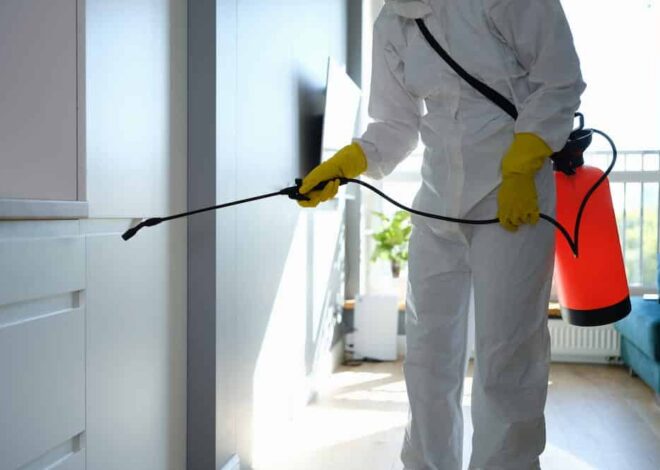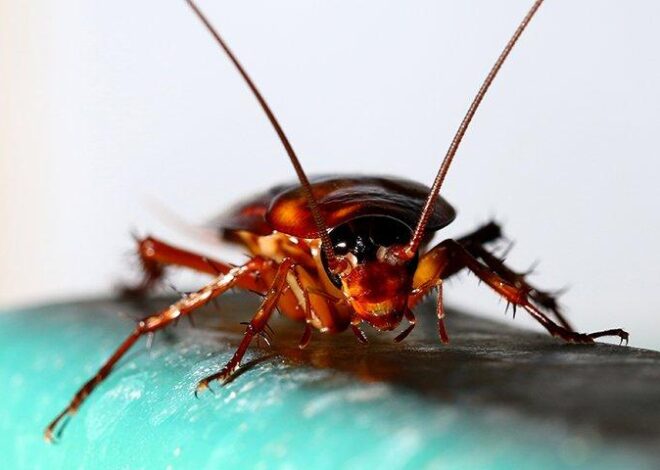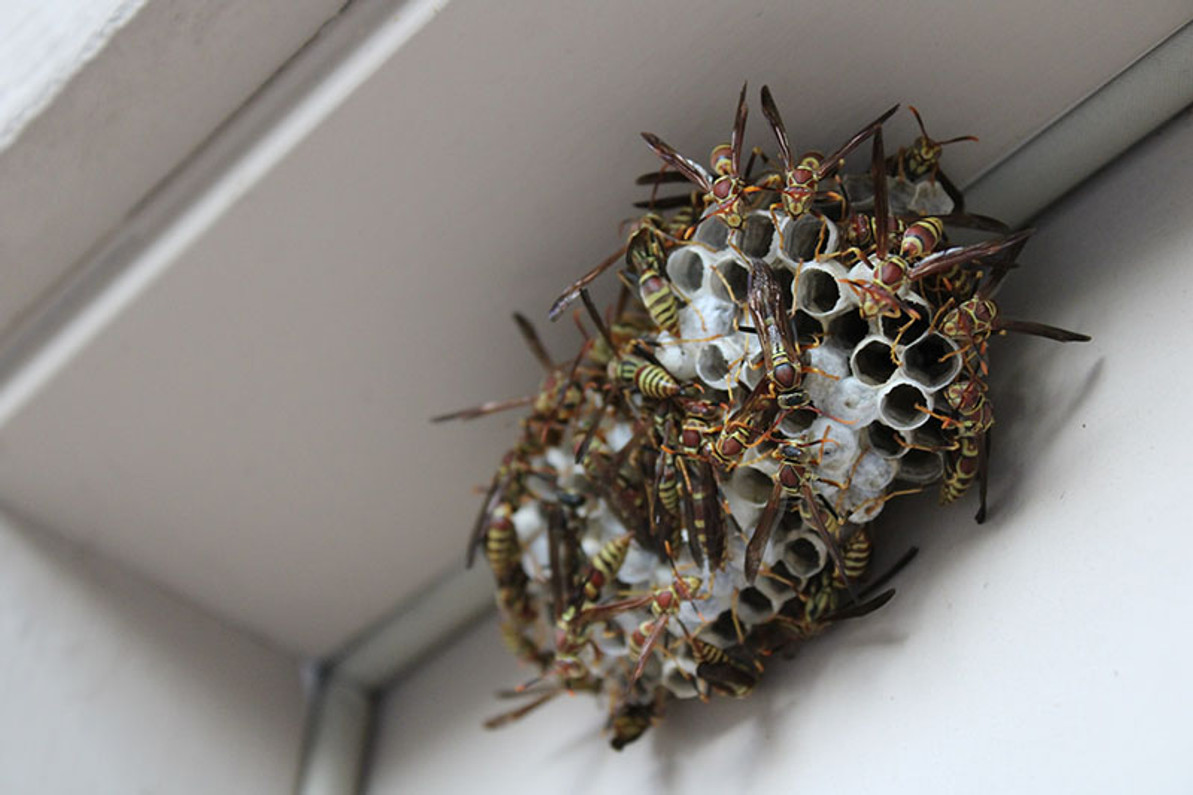
A Guide To Bed Bug Repellent And Sprays
Bed bugs are a common problem that can make sleeping and living in your home uncomfortable. These tiny insects feed on human blood and can leave itchy, red bites on your skin. While professional pest control services are often necessary to eliminate a bed bug infestation, there are several bed bug repellents and sprays available that can help prevent or reduce the likelihood of an infestation. In this guide, we will explore the different types of bed bug repellents and sprays and how to use them effectively.
Types of Bed Bug Repellents and Sprays:
Chemical Insecticides: Chemical insecticides are the most common type of bed bug repellent and spray. They contain powerful chemicals that kill bed bugs on contact and provide residual protection against future infestations. These insecticides come in various forms, including aerosols, liquid sprays, and dusts. Some popular chemical insecticides for bed bugs include pyrethrins, permethrins, and neonicotinoids. However, it is essential to use these products with caution as they can be toxic to humans and pets.
Natural Insecticides: Natural insecticides are a safer and eco-friendly alternative to chemical insecticides. They are made from natural ingredients such as essential oils, plant extracts, and minerals. While these products are generally less effective than chemical insecticides, they can still provide some level of protection against bed bugs. Some popular natural insecticides for bed bugs include cedar oil, peppermint oil, and diatomaceous earth.
Bed Bug Traps: Bed bug traps are another effective way to prevent or reduce the likelihood of a bed bug infestation. These traps work by attracting bed bugs with a lure, such as carbon dioxide or heat, and trapping them inside. Bed bug traps are non-toxic and can be used in conjunction with other bed bug repellents and sprays.
How to Use Bed Bug Repellents and Sprays:
Identify the Infestation: Before using any bed bug repellent or spray, it is essential to identify the extent of the infestation. Look for signs of bed bugs, such as blood stains on your sheets, fecal spots, and shed skins. You can also use a flashlight to inspect your mattress, box spring, and other furniture for live bed bugs.
Choose the Right Product: Once you have identified the infestation, choose the right bed bug repellent or spray based on the severity of the infestation and your personal preferences. Chemical insecticides are more potent than natural insecticides, but they can also be more harmful. Bed bug traps are non-toxic but may not be effective for severe infestations.
Follow Instructions: It is essential to read and follow the instructions on the product label carefully. Bed bug repellents and sprays can be dangerous if not used properly. Always wear protective gear such as gloves, masks, and eye goggles when using chemical insecticides.
Treat Infested Areas: Apply bed bug repellents and sprays to infested areas such as your mattress, box spring, and furniture. Be sure to treat all cracks and crevices where bed bugs may be hiding, including behind baseboards and electrical outlets.
Repeat Treatment: Bed bug infestations can be challenging to eliminate, and it may take multiple treatments to get rid of them entirely. Follow up with additional treatments as needed and monitor the infested areas regularly for signs of bed bugs.
It is also important to note that bed bug repellents and sprays are not a substitute for good hygiene and cleanliness practices. Bed bugs are attracted to cluttered and unclean environments, so keeping your home tidy and clean can help prevent infestations from occurring in the first place.
In addition to using bed bug repellents and sprays, there are other preventative measures you can take to reduce the likelihood of a bed bug infestation. When traveling, inspect your hotel room for signs of bed bugs and avoid bringing used furniture into your home without thoroughly inspecting it first. You can also use mattress and box spring encasements to protect your bed from bed bugs.
Conclusion
Bed bug repellents and sprays can be the best way to get rid of pests in your home. However, it is crucial to use them safely and effectively. Always follow the product label instructions, choose the right product for your needs, and be patient. If you are dealing with a severe bed bug infestation, it may be necessary to seek professional help from a pest control company.



